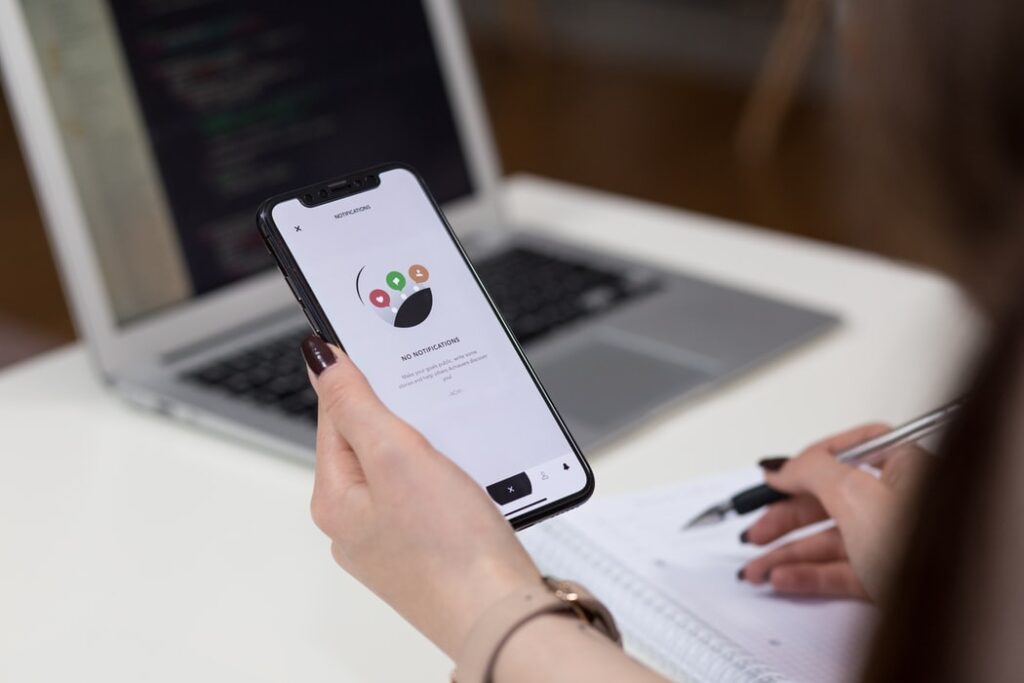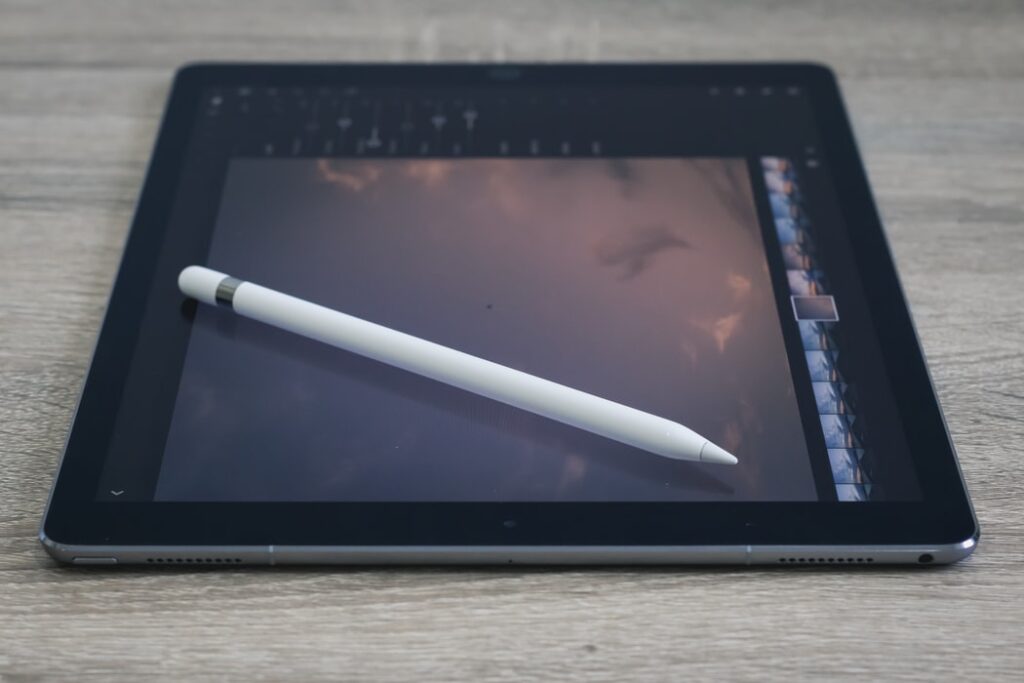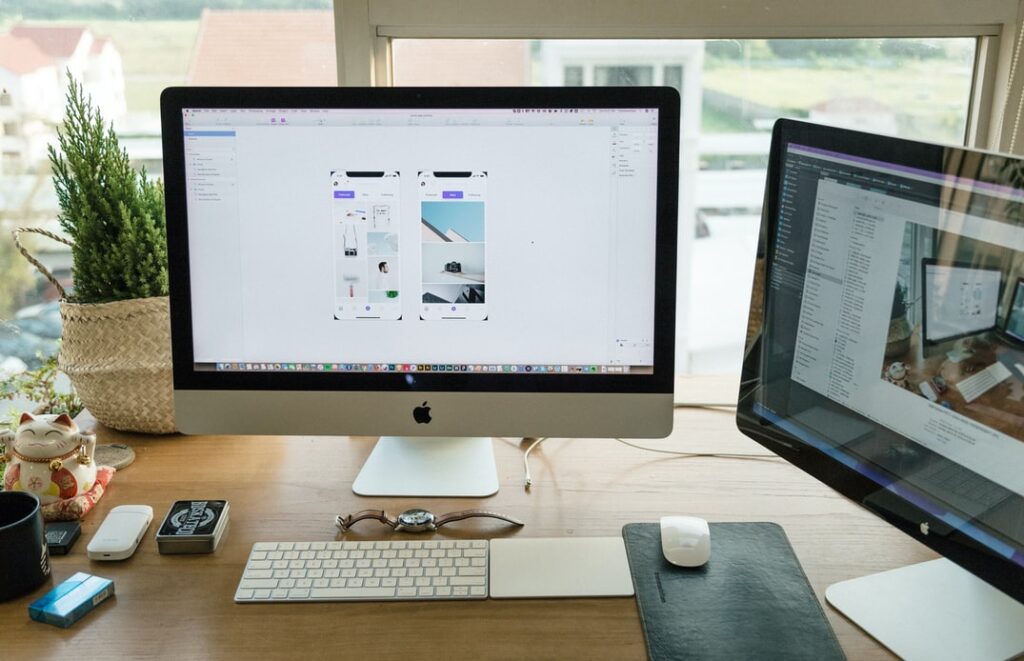If you check your smartphone, you probably will have to switch through plenty of apps that you prefer to use every day. They also come with a good and predictive design, that makes the app user-friendly and easy to use. If you are a developer, you probably know the basic principles of developing and designing a mobile app that will look professional and fulfill the users’ needs.
Today, many people know how to at least start to build an app, and they have plenty of options to do that through an online builder, instead of programming it from the scratch. On the other hand, your app can be useful for you and your preferences, and there are no limitations in design and features added. You can check here to see how these things are going.
If you want to earn money from your app or launch it for commercial use, you have to follow the basic principles every mobile app should meet. The ideas are countless, but it’s not easy to be fair while developing the app, especially if you want instant success. So, here are some of them:
1. Select the priorities

The main principle of designing a great app is to prioritize the content. The primary content should always be on the top of the home screen, so the users can focus on what’s important, Also, right below it, is the second most important feature of the app. Probably you are the one who needs to define the priorities, and you shouldn’t forget that people don’t have a really good attention span. So, use the priorities to grab their attention and encourage them to interact with the content. Keep the design simple, but still attractive and eye-catchy. Create menus, lists, and avoid a lot of icons and texts that can make the first impression messy and confusing.
2. Simple and efficient design

You need to encourage your users to stay with you longer and get the most of the app’s efficiency. That means you shouldn’t overwhelm the interface with a lot of buttons and navigation instructions, and make it predictive. People have different definitions of what simple is, and while some of them prefer fewer colors, fonts, and icons, others will want more. The good thing is that the first group is bigger, and as time goes by, we all want simple, predictive, efficient, and easy to navigate apps, that save time, instead of consuming it, while the user tries to discover the features. Even though it’s simple to say all of that, the developers also struggle to find the right balance between all these things, and that’s why they have options to upgrade the product later, according to the feedback.
3. How deep is your app?
All the features shouldn’t be represented on the first page immediately. As they discover the options, they can also discover additional features too. We all love apps because they provide more functions and features compared to websites, but the point is not to confuse the user but to let them discover all the beautiful layers there, by accessing the right features and use the app properly. So, add some depth to your app, but keep it easy to use.
4. Intuitive navigation
Your users should easily predict which step to take next. If they need to solve complicated tasks so they can access the needed feature, they will easily give up on your app and find something else that works better for them. The navigation should be easy and logical, and try to incorporate the needed features as much as possible, so they won’t need to switch between tabs and different apps in order to complete a simple task.
5. Target all the screen sizes

People nowadays are using smartphones, tablets, PCs, laptops, MacBooks, and even smartwatches. And if you want to “serve” them all, you need to target all the sizes, especially when it comes to touchscreen devices. Also, not all smartphones are the same, and you need to keep in mind that there are models with smooth edges, wider, or longer, and you have considered all of them as an option. That means you target all the interested users, not just some part of them. If you receive reports that the app won’t fit some screen size or type, you can always adjust it, and save that setting for the next update.
6. All the details should be visible
The text shouldn’t take a lot of space on the screen, but also shouldn’t the images and icons you are using. Also, try to incorporate the elements the best you can, and even work with a designer who will tell you what is the right balance between the details and background, so the user can see and access every feature needed. Also, let them one-hand use, by positioning the buttons properly. They should feel comfortable while using it, since today’s smartphones are bigger, and the fingers can’t easily access the whole surface of the display. So, the balance is important. Don’t put a lot of buttons on the top of the screen, but don’t put many of them over the comfortable area. The details are important, but the app must be easy and practical first, for all the users.
7. Don’t make them enter their data many times

Include the option for automated filling the gaps and remembering the login details. This saves a lot of time and nerves for both sides. A satisfied customer means a satisfied developer – and never forget that, even when you think the people are asking for silly changes. Those changes can make you stand out from the competition and attract many loyal users.
As you gain more experience in app development, you will realize which things are important, and what options and features you need to keep, and which ones you need to let go of. That will make you an exceptional developer who always meets the users’ needs first – which is one of the best things you can do for your career.

